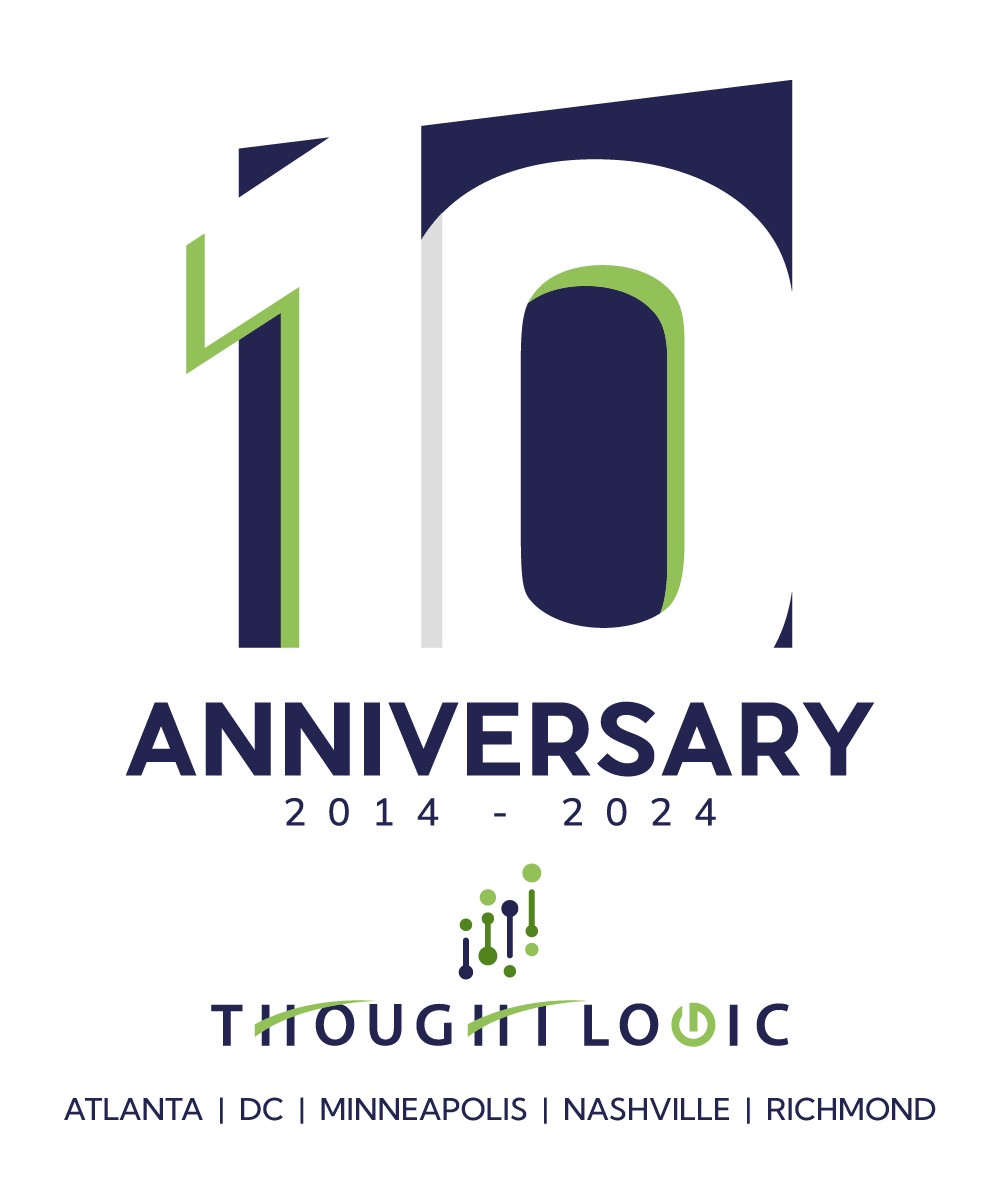From Meeting Rooms to Grocery Aisles: The Dual Lives of Employees
Do you remember the surprise of seeing your grade-school teacher at the store and realizing they had a life outside of school? It’s a common experience, and it highlights how easily we can forget that everyone has multiple roles beyond just being an employee. With the rise of remote work and constant connectivity through email and smartphones, it often feels like people are always in work mode, blurring the lines between work and personal life.
Maintaining a healthy work-life balance can be challenging, especially when juggling various responsibilities such as caregiving for an aging parent, volunteering in your community, parenting, maintaining friendships, and enjoying personal hobbies. But having a workplace that provides work-life support can make a significant difference. Research from Harvard Business Review found that employees with a good work-life balance are 21% more productive than those who struggle to juggle work and personal life1. Additionally, 72% of employees consider work-life balance extremely important for their mental health2.
Despite this evidence, why do we struggle to enforce boundaries and respect the boundaries of others? External factors such as technology, connectivity, and the expectation of constant availability are just a few of the elements that add pressure to our attempts to maintain balance.
A study by the American Institute of Stress shares that over 63% of employees experience increased stress levels due to difficulty disconnecting from work during non-working hours3. Additional studies found that 62% of employees feel pressure to respond to work-related communications promptly4, even during personal time and almost 80% of employees report that work-related stress affects their relationships5.
But wait, what about hybrid work? Doesn’t hybrid work provide my employees with work-life balance?
While hybrid work can play a role in providing your employees work-life balance, it is not a “silver bullet.” As previously stated, today’s technology can provide a false sense of availability for the employee and employer. Boundaries still need to be established and respected, perhaps even more so, in a hybrid or remote work environment.
The following examples are strategies to help foster healthy boundaries and support work-life balance in the workplace (however it may be defined); note that these strategies will impact employees in different ways and to varying degrees:
1. Respect Non-Working Hours (PTO, Weekends, and core working hours): Workloads naturally vary over time. While it’s your prerogative to choose whether to work beyond regular hours to meet deadlines, or respond to emails while on vacation, it’s essential not to impose the same expectations on your colleagues. Research indicates that such pressures can significantly harm mental well-being, leading to symptoms of burnout in as much as 40% of employees6.
Non-working hours serve as valuable opportunities to recharge and attend to personal responsibilities. Encouraging employees to utilize this time for relaxation and rejuvenation fosters a more productive and focused workforce. Ignoring the importance of downtime can ultimately backfire on a company and its leadership, resulting in burnt-out, stressed, and unfocused employees.
2. Acknowledge the Importance of Flexibility: With only a finite number of hours in a day to fulfill one’s obligations, even the most organized individuals can find it challenging to balance competing demands. It’s crucial that employees feel empowered to communicate their scheduling needs without fear of reprimand for responsibilities outside of work, such as medical appointments, counseling sessions, or caregiving duties for children or parents.
By fostering open communication, colleagues and leaders can collaborate to develop schedules that accommodate both business requirements and personal commitments. Research shows that 77% of employees experience reduced stress levels when granted the flexibility to manage their work schedules effectively7.
3. Cultivate an Environment for Feedback: Despite our personal awareness of workload challenges, it may not always be evident to our managers or colleagues who are busy with their own tasks. This is where it becomes important for leadership to remain attentive to the needs of their team members. Often, a shifting deadline or rescheduling a meeting can be the difference between balance or burnout.
However, identifying these issues requires ongoing communication, trust, and relationship-building between leaders and their teams. By establishing consistent touchpoints, leaders can gain insights into their employees’ experiences and address concerns proactively.
4. Offer Private, Soundproof Spaces in the Office: As mentioned earlier, employees’ outside responsibilities often accompany us to work—and that’s perfectly normal! There will be occasions when employees need to make important calls, such as to their doctor, wish a loved one a happy birthday in a different time zone, or simply decompress after a stressful meeting. However, it’s far from ideal to have paper-thin walls or glass partitions that offer zero privacy for such moments.
Providing private, soundproof spaces is essential to ensuring employees don’t feel confined within the office and can attend to personal matters as needed. A survey conducted by Oxford Economics found that 70% of employees believe having a private space in the office is important for productivity and well-being8.This accommodation acknowledges the importance of work-life balance and demonstrates a commitment to supporting employees’ well-being.
These examples are by no means exhaustive. And while they may seem basic, employers tend to overlook them. Implementing just one or two of these strategies can make a huge difference in an employee’s role as caregiver, community volunteer, parent, friend, or quite simply, as an individual. It is also important to remember that these strategies, and the idea of work-life balance more broadly, is just one thread in the larger tapestry of employee well-being. Over 66% of organizations still rank employee mental health as a top concern in 20239. And while work-life balance and professional boundaries are critical to maintaining well-being, managers and leaders have a broader role to play in fostering an environment that helps workers thrive.
Consistent pulse checks, in addition to the strategies outlined above, can help them satisfy that role by maintaining awareness of employee needs and ensuring that existing work-life balance strategies have the intended impact. Whether these pulse checks are conducted individually, face-to-face, or anonymously through online survey tools, when done well, they give leaders the insight needed to prioritize well-being.
As employees at Thought Logic, we deeply value the opportunity to bring our authentic selves to the workplace. As professionals, we understand the demands of juggling multiple responsibilities daily. Having a company that provides us with the freedom and flexibility to balance these various roles while continuing to develop and excel in our careers is invaluable. If you are struggling to implement work-life balance in your organization, our People & Change consultants are here to be partners on your journey.
-
Harvard Business Review, “The Research Is Clear: Long Hours Backfire for People and for Companies” (2015)
-
Robert Half, “Creating a Positive Workplace Culture: How to Attract and Retain Top Employees” (2019)
-
American Institute of Stress, “Workplace Stress” (2020)
-
FlexJobs, “The State of Remote Work 2019”
-
Mental Health Foundation, “Stress in the Workplace” (2018)
-
Deloitte, “Burnout: Are We Working Ourselves to Death?” (2018)
-
Global Workplace Analytics, “The State of Remote Work” (2020)
-
Oxford Economics Workplace Survey
-
SHRM 2023-24 State of the Workplace Report

About People + Change
Thought Logic’s People + Change smartSolution helps businesses reimagining the power of people to excel in an environment of continuous change.

Sign up to receive future Insights in your email box.
Never miss an update.









